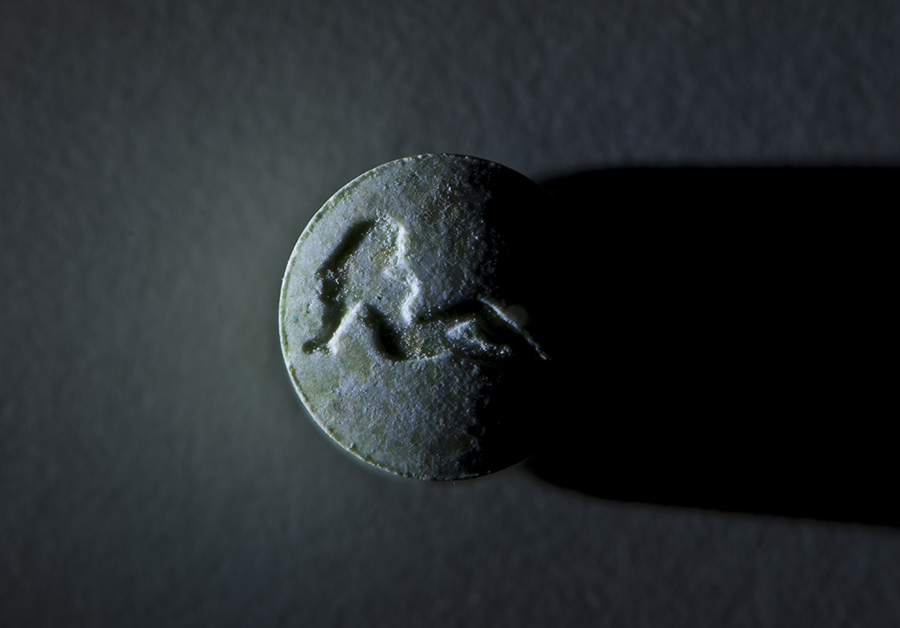Stimulants and Drug Abuse
Stimulants can be found everywhere. In fact, there’s one stimulant drug that many of us use and are even dependent on: caffeine. Although there are many illegal stimulants, including crack cocaine and crystal meth, many are legally prescribed. Adderall and other amphetamines are prescribed to help people with ADHD, narcolepsy, and idiopathic hypersomnia, but they’re also abused by many people for study aids.
Although stimulants have a wide range of legality, safety, and uses, any of these can be abused. They can make you feel invincible, full of unending energy that can last for days. But when you come down from that high, you’re left with a much different, much worse feeling.
How Do Stimulants Affect the Brain and Body?
Stimulants, as the name suggests, stimulate the brain and body by exciting the central nervous system. This causes an increase in the release of chemicals in the brain like dopamine, which creates feelings of pleasure and excitement. The amount of these chemicals released by stimulant abuse intensifies those feelings to the point of euphoria. Some drugs, such as cocaine, will actually change the chemistry of the brain the very first time you use them, hard-wiring addiction to the substance into your brain.
Examples of Stimulants
Legal stimulants include:
- Amphetamines
- Adderall
- Dexedrine
- Methylphenidate
- Ritalin
- Concerta
Illegal stimulants include:
- Cocaine
- Crack cocaine
- Methamphetamines, also known as crystal meth or speed
- Ecstasy/MDMA
- K2/Spice
Some substances, such as synthetic marijuana, Spice, and K2, have shaky legality. The 2011 Synthetic Drug Abuse Prevention Act placed many synthetic cannabinoids into the most restrictive class of drugs. Some states have introduced their own laws to ban individual substances and the sale of those which don’t qualify for classification in the SDAP Act.
How Addictive are Stimulants?
Stimulants are highly addictive, which is why many doctors start patients who need legal stimulants on very low doses, slowly increasing as needed. The body builds a tolerance to these drugs very quickly, so people addicted to stimulants end up having to take more to get the same high, which also increases their risk of serious side effects, withdrawal symptoms, and addiction.
What Are the Symptoms Associated with Stimulant Withdrawal?
Many of us have experience with the dreaded caffeine headache that comes on when we’ve forgotten to grab our morning coffee. But when a person has been seriously abusing stimulants, the withdrawal is much worse. Withdrawal symptoms can include:
- Increased feelings of depression and anxiety
- Fatigue
- Insomnia
- Excessive sleep
- Intense drug cravings
- Inability to feel pleasure
- Intense hunger
To avoid these feelings, a person addicted to stimulants will make seeking out these drugs their main priority.
What Are the Risks of Stimulant Abuse?
Continued use of high dosages of stimulants are associated with:
- Agitation and irritability
- Hostility
- Increased risk of panic attacks
- Aggressive behavior
- Extreme paranoia
- Auditory and visual hallucinations
- Suicidal and homicidal tendencies
- Psychological dependence
One-time or infrequent high dosages can create immediate side effects of:
- Dizziness
- Tremors
- Headaches
- Chest pain with heart palpitations
- Excessive sweating
- Abdominal cramps
- Vomiting
Abusers can also overdose on stimulants, which can lead to severe medical complications and even death.
What Are the Signs of Stimulant Abuse?
If you’ve noticed you’ve been suffering from the above side effects or withdrawal symptoms, or have seen these in others, it is a strong indicator of stimulant abuse. Other signs of abuse can be sudden deterioration of health, sudden and unexplained decrease in work or school performance, and financial hardship caused by purchasing stimulants.
Stimulant Abuse Statistics
- In 2016, there were an estimated 32 million users of ecstasy worldwide.
- In 2011, more than 8% of drug-related emergency room visits involved the use of methamphetamines.
- In 2012, nearly 16 million stimulant prescriptions were written, tripling the amount written in 2008.
- Adderall abuse is twice as common among full-time college students than their peers who aren’t in college.
- The United States consumes an average of four metric tons of crystal meth every year.
- More than 1.5 million people in the United States abused cocaine in 2014.
Getting Help for Stimulant Abuse
Although stimulant withdrawal symptoms are not life-threatening, they can be extremely uncomfortable and hard to deal with while continuing everyday life. Professional treatment and detoxification centers are available to help people addicted to stimulants and drugs safely break their addiction, which can then be followed by therapy to reduce the likelihood of relapse.
Palm Partners Recovery Center offers a space to get away from your day-to-day life and focus on healing. There are many factors at home that can contribute to relapse and continued stimulant abuse, such as:
- The presence of another mental health disorder
- A family history of substance abuse and addiction
- A poor home life, including exposure to emotional, physical, or sexual abuse
- Loneliness
- Pressure from peer groups
Attending a treatment center allows you to get away from all that. Our relaxing, beautiful location reduces your stress and helps you implement better, more effective healing techniques to take home with you upon discharge.
Contact Palm Partners Recovery Center today for stimulant addiction treatment and recovery.
Sources:
http://drugfreeva.org/sink-or-swim/drug-facts/prescription-drugs/stimulants/
https://www.elementsbehavioralhealth.com/drug-abuse-addiction/stimulants/
https://www.drugabuse.gov/publications/cocaine/what-are-some-ways-cocaine-changes-brain
https://drugabuse.com/library/effects-stimulant-drugs/#stimulant-dependence
http://stimulants.com/legal-illegal-stimulants/
https://www.drugs.com/illicit/speed.html
http://drugfreeva.org/sink-or-swim/drug-facts/prescription-drugs/stimulants/
https://www.harboroaks.com/addiction/stimulant/effects-symptoms-causes/
https://www.statista.com/statistics/274673/number-of-illicit-drug-users-worldwide-by-drug/
https://oceanbreezerecovery.org/stimulants/
https://pathwaytohope.net/addiction/stimulants/#stimulant_addiction_statistics
